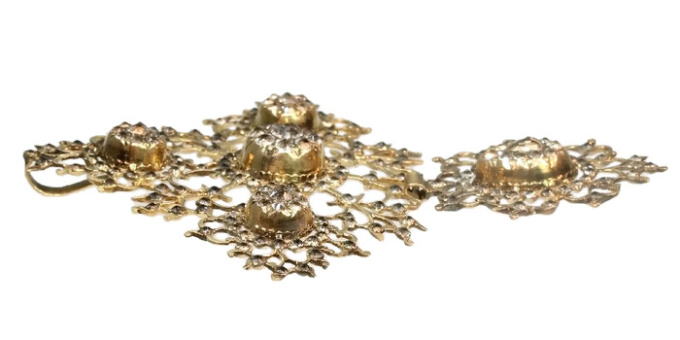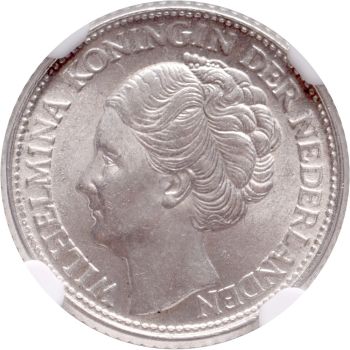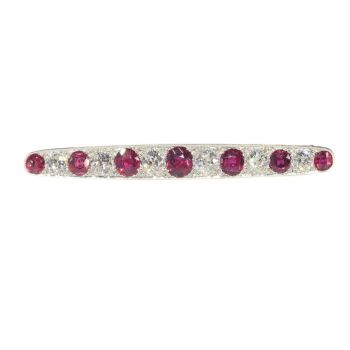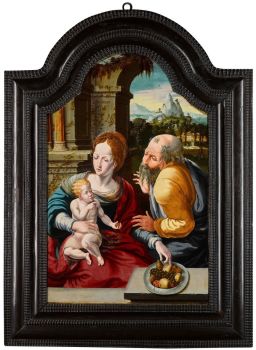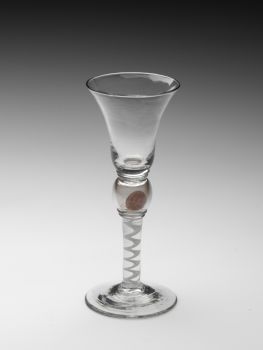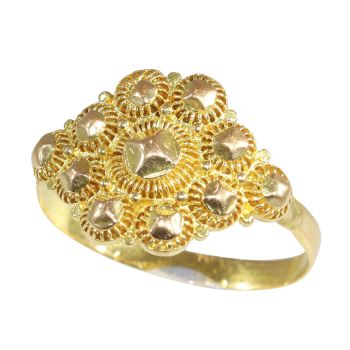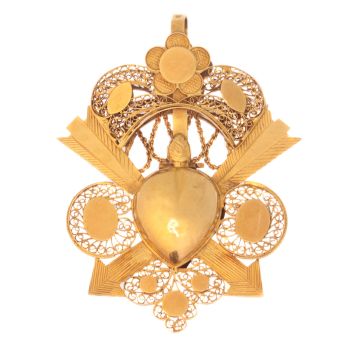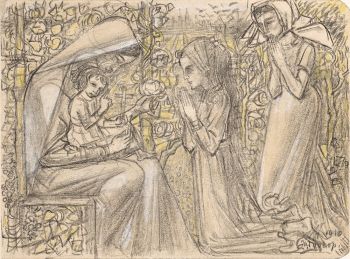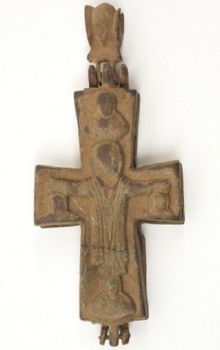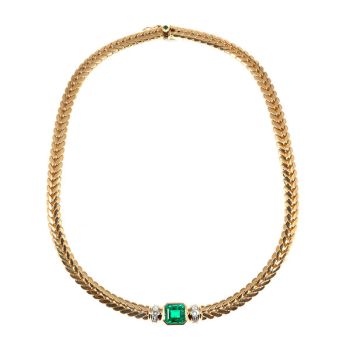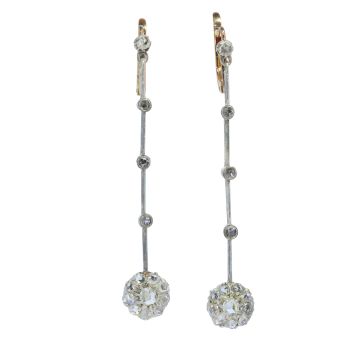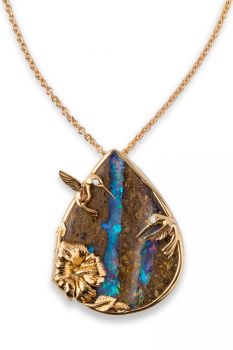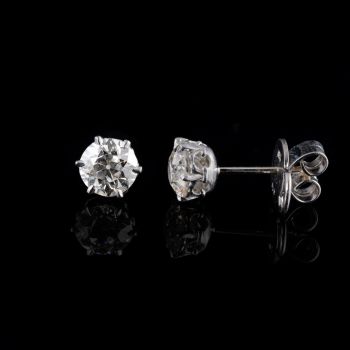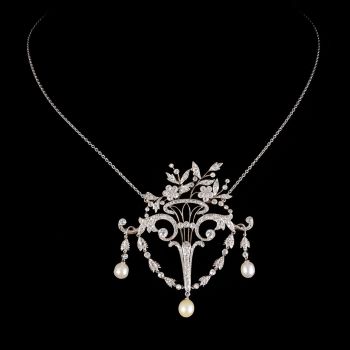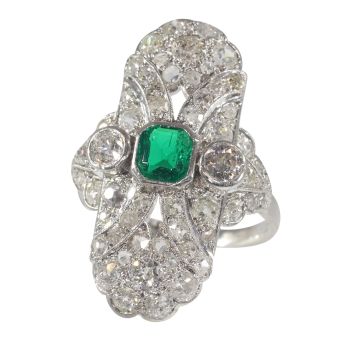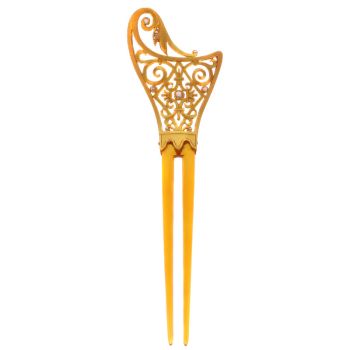Croce normanna in oro antico francese periodo georgiano 1809
Artista Sconosciuto
DiamanteOroPietra preziosa
€ 4.250
Adin Fine Antique Jewellery
- A proposito di opere d'arte
This 18K red gold French Provincial cross pendant from the Normandic region is a rare Georgian jewel from 1809. On each corner and in the centre of this openwork scrollwork lozenge-shaped cross, a cluster of strass stones transcends from an emanatingaureole of strass stones. A pear-shaped haloed cluster surmount completes this palette of curling branches enriched with even more strass stones as dew drops glistening from this fashion statement of the devout women of every era.
Antique jewelry object group: pendant
This is a traditional Normandic regional jewellery piece, and just as traditional costumes denote the social and geographicaldifferences between regions based on colour and cut, so do these regional jewellery pieces. This specific design is a Croix deSaint-Lô or Quadrille. According to specialists at the V&A these were sometimes made of gold in the 18th century, but by the mid-19th century they were only made of silver.
Condition: excellent condition
- (more info on our condition scale)
Country of origin: France
Style: Georgian - Georgian style is the name given in most English-speaking countries to the set of styles current between 1720 and 1840. It is eponymous for the first four British monarchs of the House of Hanover—George I of Great Britain, George II of GreatBritain, George III of the United Kingdom, and George IV of the United Kingdom—who reigned in continuous succession from August 1714 to June 1830.
- See also: Georgianor more info on styles
Period: ca. 1809
- (events and facts in 1809)
Source of inspiration: Christianity
Theme: Cross - The cross is one of the most ancient human symbols, and is used by many religions, such as Christianity. It is frequently a representation of the division of the world into four elements (or cardinal points), or alternately as the union of theconcepts of divinity, the vertical line, and the world, the horizontal line. (from: Wikipedia)
Material: 18K red gold
- (more info on precious metals)
Extra information: Provincial French cross - This cross belongs to the rare group of French Provincial gold cross pendants that were made at the end of the 18th Century and the beginning of the 19th Century (ca. 1790-1820).Most probably, the cross comes from the Normandic region.
In our days, regional crosses are very scarce compared to the variety that existed in the old days. There are more than 10 models known for Savoie andProvence, but also in Alsace, Bretagne and northern of France. Examples of most of these crosses are now kept in museums in Arles and Paris.
No other emblem of the 18th century was more iconic than the cross. It managed to be, at the sametime, both a symbol of faith and a fashion statement. It flashed in diamonds upon the décolletés of wealthy peoplein cities all over France, but its daily presence glowing at the throats of devout women of the regional provincies was at leastas powerful. Shining equally brilliantly in churches, and ballrooms, the emblematic force of the cross as a spiritual symbol and a beautiful adornment has never ceased to mesmerise.
A much used quote (in 1752) from the smartly dressed Lady JaneCoke was: "You can't make a mistake as to the length of your cross. You may either wear it high upon your neck or let the bottom of it touch the top of your stays".
Strass - A brilliant paste made out of lead glass and used to simulate various transparant gemstones. It is a borosilicate of potassium and lead, with small quantities of alumina. When uncoloured it was used to simulate diamonds, beingtransparent and very refractive, although much softer; the addition of metallic oxides and salts produces coloured strass to imitate most known gemstones. It is named after Georges-Frédéric Strass (1701-1773) who was born at Wolfsheim,near Strasbourg, where he learned to make jewelry and artificial gems; he moved to Paris in 1724, and there invented, from 1730to 1734, new techniques for making imitation precious stones (imitation diamonds having been known in Paris in the 17th century).He ceded the making of such ware in 1752 to Georges-Michel Bapst (1718-1780), husband of his niece. Such artificial gems are nowmade mainly in Czechoslovakia, Austria, and France. Many writers and standard dictionaries have attributed the invention to aJoseph Stras(s)(er) of Vienna, but no record of such a person is known, and the legends about him has been discredited.
Precious stones:Many white strass stones (also called paste) as diamond imitation.
- (more info on precious stones)
Birthstones: Diamond is the birthstone (or month stone) for April.
- (more info on birthstones)
Hallmarks: The French hallmark depicting a rooster's head which was used in France for 18K gold around 1810.
- (more info on hallmarks)
Dimensions: height 8,60 cm (3,39 inch), width 7,96 cm (3,13 inch)
Weight: 19,20 gram (12,35 dwt)
Reference Nº: 14161-0016
Copyright photography: Adin, fine antique jewelry
- A proposito di opere artista
Può succedere che un artista o un creatore sia sconosciuto.
Alcune opere non sono determinate da chi sono state realizzate o sono state realizzate da (un gruppo di) artigiani. Esempi sono statue dell'antichità, mobili, specchi o firme non chiare o leggibili ma anche alcune opere non sono affatto firmate.
Inoltre puoi trovare la seguente descrizione:
•"Attribuito a …." A loro avviso probabilmente opera dell'artista, almeno in parte
•“Studio di ….” o “Officina di” A loro avviso un'opera eseguita nello studio o nella bottega dell'artista, eventualmente sotto la sua supervisione
•“Cerchio di…” A loro avviso un'opera del periodo dell'artista che mostra la sua influenza, strettamente legata all'artista ma non necessariamente al suo allievo
•"Stile di..." o "Seguace di..." A loro avviso un'opera eseguita nello stile dell'artista ma non necessariamente da un allievo; può essere contemporaneo o quasi contemporaneo
•“Modalità di…” A loro avviso un'opera nello stile dell'artista ma di epoca successiva
•"Dopo …." A loro avviso una copia (di qualsiasi data) di un'opera dell'artista
•“Firmato…”, “Datato…” o “Iscritto” A loro avviso l'opera è stata firmata/datata/inscritta dall'artista. L'aggiunta di un punto interrogativo indica un elemento di dubbio
•"Con firma....", "Con data...", "Con iscrizione..." o “Riporta firma/data/iscrizione” a loro avviso la firma/data/iscrizione è stata aggiunta da qualcuno diverso dall'artista
Sei interessato ad acquistare questa opera d'arte?
Artwork details
Related artworks
Artista Sconosciuto
Four famille rose ‘Wu Shuang Pu’ wine cups, Guangxu mark and period (1875-1908)1875 - 1908
Prezzo su richiestaMenken Works of Art
Artista Sconosciuto
The Stamford Raffles Secretaires.1800 - 1813
Prezzo su richiestaZebregs & Röell - Fine Art - Antiques
1 - 4 / 12Artista Sconosciuto
Un gobelet anglais-néerlandais1738
Prezzo su richiestaPeter Korf de Gidts - Antiquairs
1 - 4 / 21- 1 - 4 / 24
- 1 - 4 / 24
Artista Sconosciuto
Spilla in stile Art Déco antico1920
Prezzo su richiestaAns Hemke-Kuilboer Juwelier & Antiquair
Ans Hemke-Kuilboer
Orecchini a bottone con diamante solitario2000 - 2017
Prezzo su richiestaAns Hemke-Kuilboer Juwelier & Antiquair
Fontana
Pendente spilla cesto di fiori1900 - 1905
Prezzo su richiestaAns Hemke-Kuilboer Juwelier & Antiquair
1 - 4 / 24- 1 - 4 / 12


